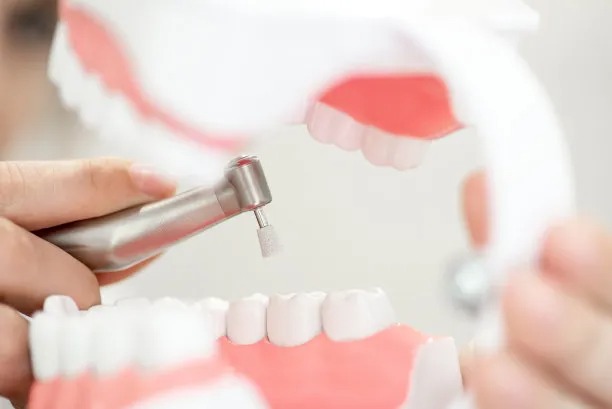Navigating the Process of Extracting a Tooth Understanding the Steps and Aftercare for a Smooth Recovery Experience
Summary: Tooth extraction is a vital dental procedure, often required due to various reasons such as decay, infection, or overcrowding. This article provides a comprehensive overview of the entire tooth extraction process, highlighting the essential steps involved and offering guidance on aftercare for a smooth recovery. Understanding these aspects will prepare patients for what to expect before, during, and after the procedure, ensuring a comfortable experience. From initial consultations to follow-up care, this article emphasizes the importance of professional guidance and self-care to minimize discomfort and promote healing.
The Initial Consultation and Assessment Steps

The journey of tooth extraction begins with an initial consultation with your dentist. During this appointment, your dentist will evaluate your oral health, discussing any concerns or symptoms you may have. This assessment typically includes X-rays to ascertain the position of the tooth and its roots, providing valuable insight into the complexity of the extraction.
After the evaluation, the dentist will explain what the extraction entails, including the anesthesia options, the expected duration of the procedure, and potential risks. This is also an excellent time for patients to ask questions about the procedure, helping to alleviate anxiety and fears.
Once all queries are answered, the dentist will schedule the extraction appointment and may provide pre-operative instructions, which could include guidelines on fasting, medication adjustments, and post-medication advice. This step ensures patients are adequately prepared for the procedure.
The Tooth Extraction Procedure Explained
On the day of the extraction, patients will be welcomed into a comfortable dental environment. Before the procedure, the dentist will administer anesthesia to numb the area, ensuring comfort throughout the process. Depending on the complexity of the extraction, sedation options may also be available.
During the extraction, the dentist will carefully remove the tooth, using specific techniques to minimize trauma to the surrounding tissue. If the tooth is impacted or has complex roots, the extraction may require additional steps, such as making incisions in the gum.
Once the tooth is removed, the dentist will clean the extraction site and may place stitches or packing material if necessary. Patients will be advised on how to care for the extraction site immediately following the procedure to promote healing.
Understanding Post-Extraction Care Guidelines
After the extraction, proper aftercare is crucial to ensure a smooth recovery. Initially, patients may experience swelling and discomfort, which can be managed by applying ice packs to the outside of the cheek and taking prescribed pain relief medication. Elevating the head while resting can help reduce swelling.
It’s essential to follow instructions on diet restrictions, avoiding hot, spicy, or crunchy foods that may irritate the extraction site. Soft foods, such as yogurt, applesauce, and smoothies, are recommended during the first few days to promote comfort and prevent complications.
Patients should also avoid using straws, smoking, or vigorous rinsing, as these actions can dislodge the blood clot that forms at the extraction site. Following the dentists prescribed aftercare routine will significantly influence the healing process.
Recognizing Complications and When to Seek Help
While complications following a tooth extraction are relatively rare, being aware of potential issues is essential for a smooth recovery. Symptoms like severe pain, excessive bleeding, or fever may indicate complications such as dry socket or infection.
Dry socket occurs when the blood clot at the extraction site dissolves or dislodges too early, exposing the bone and nerves beneath. Patients may experience increased pain and an unpleasant odor. Should these symptoms arise, its crucial to contact your dentist promptly for evaluation and treatment.
In addition to pain management, monitoring the healing process for any signs of infection or unexpected complications is essential. Regular follow-up appointments with your dentist can ensure that your recovery is progressing smoothly and effectively.
Summary:
Understanding the comprehensive process of tooth extraction, from initial consultation to aftercare, is vital for ensuring patient comfort and promoting healing. By being informed about the procedure, potential complications, and necessary aftercare, patients can navigate through this experience with confidence, which helps in reducing anxiety and improving outcomes.
This article is compiled by Vickong Dental and the content is for reference only.


